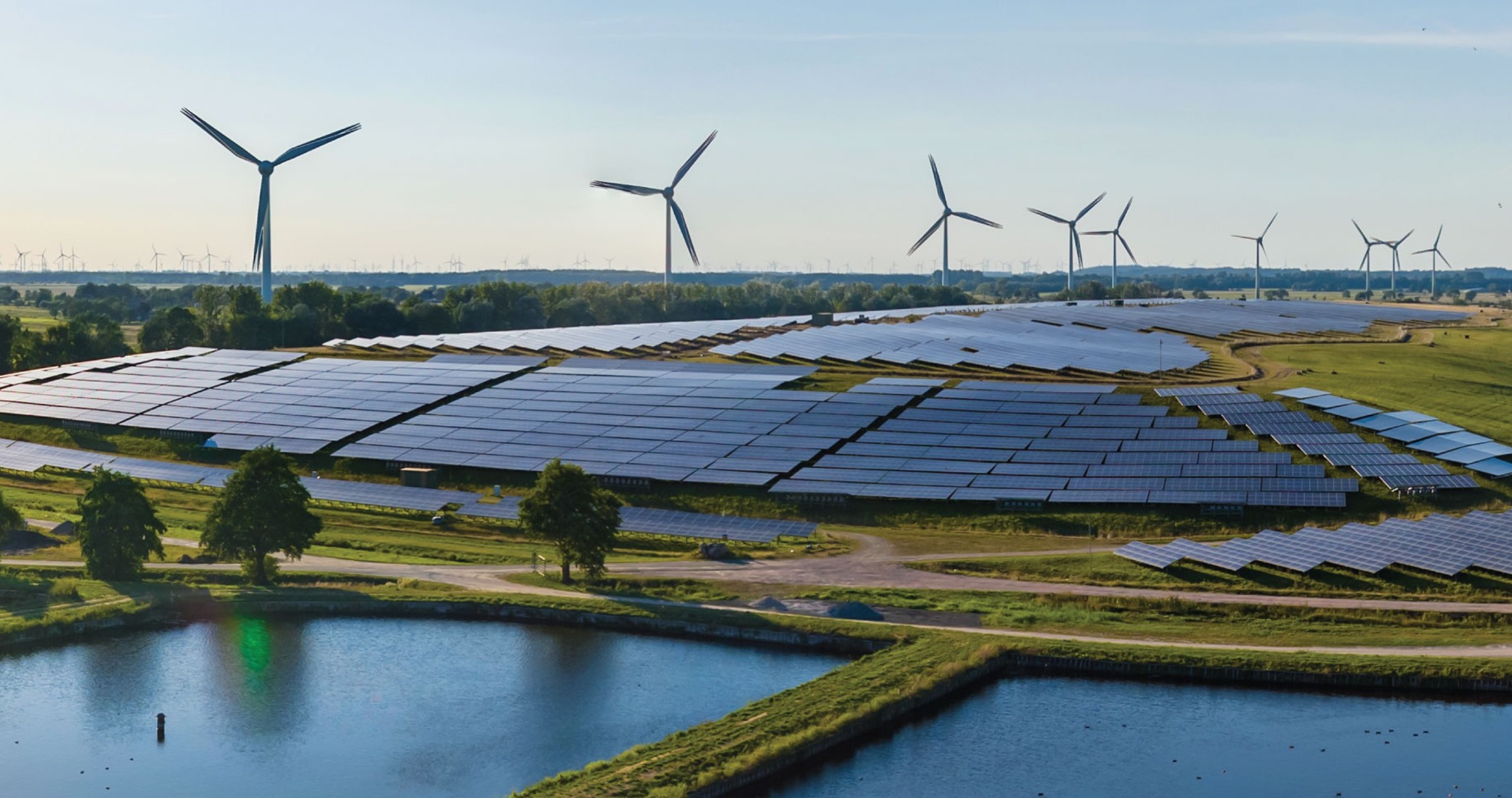Brief Overview of the Draft Karnataka Electricity Regulatory Commission (Ancillary Services) Regulations, 2024
Purpose and Scope
The draft regulations aim to establish a robust ancillary services framework to ensure grid reliability, operational efficiency, and frequency stability amidst growing renewable energy penetration and demand complexities. These regulations apply to intra-state entities, including power generators, transmission and distribution licensees, and entities with energy storage or demand-response capabilities.
Key Features
-
Types of Ancillary Services:
- Primary Reserve Ancillary Services (PRAS): Immediate response via governor action to maintain frequency.
- Secondary Reserve Ancillary Services (SRAS): Automated response through AGC to manage grid stability.
- Tertiary Reserve Ancillary Services (TRAS): Reserves activated based on despatch instructions.
- Any other ancillary services defined by the Karnataka Electricity Grid Code (KEGC).
-
Operational Framework:
- Eligibility: Generators and entities must have SCADA systems, AGC capability, and a minimum response capacity of 1 MW.
- Activation: Based on deviations from grid norms, calculated as per the Area Control Error (ACE) formula.
- Procurement: Nodal Agency (State Load Despatch Centre) will handle procurement through day-ahead and real-time mechanisms.
-
Performance Monitoring:
- Providers must adhere to control signals and performance will be evaluated against set benchmarks.
- Non-performance can result in disqualification or penalties.
-
Payment & Settlement:
- Payments are based on energy or compensation charges, with no retrospective adjustments.
- SRAS providers are directly compensated by the State Deviation Settlement Mechanism Account (SDSMA).
-
Transparency & Accountability:
- Regular publication of operational data and feedback reports by the Nodal Agency.
- Stakeholder involvement through consultations during the detailed procedural development phase.
Implications for Stakeholders
The regulations aim to foster a competitive market for ancillary services while encouraging innovation in grid management. They emphasize transparency and accountability, ensuring a balanced approach to grid security and economic viability.
-
Stakeholder Roles
- Generators: Obligated to maintain operational readiness for ancillary services and provide capacity as required. Implications include increased operational transparency and adherence to control signals.
- Transmission Licensees: Must ensure infrastructure supports ancillary service requirements and maintain robust communication with nodal agencies.
- Distribution Licensees: Need to align demand-side management with ancillary service protocols, potentially incurring costs for upgrades.
- Nodal Agencies (SLDC): Central to planning, procuring, and deploying ancillary services. Responsibilities intensify in real-time management.
- Open Access Consumers: Must comply with demand response requirements, potentially impacting their operations.
-
General Implications
- Operational: Increased reliance on real-time systems like SCADA and AGC.
- Financial: Changes in cost structures for ancillary service providers and consumers.
- Regulatory: Need for compliance with detailed procedures and performance metrics.




